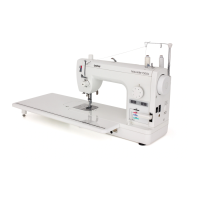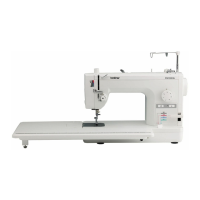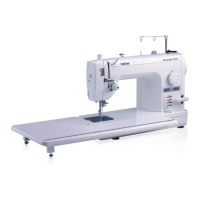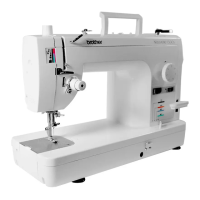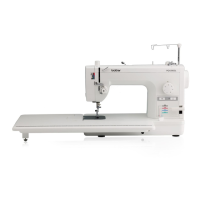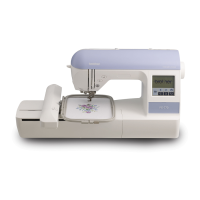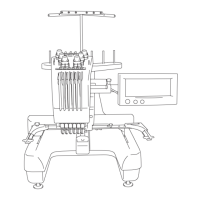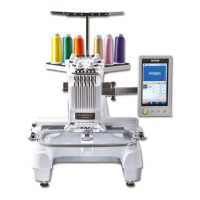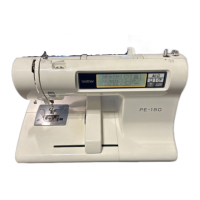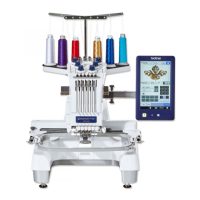What to do if upper threading is incorrect on Brother Sewing Machine?
- HhuntjamesJul 26, 2025
If the upper threading on your Brother Sewing Machine is incorrect, the immediate solution is to rethread the machine completely. This ensures that the thread is properly seated in all the necessary guides and tension disks.
